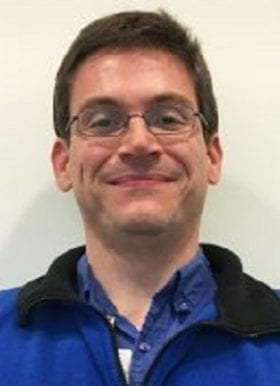Lab - Former
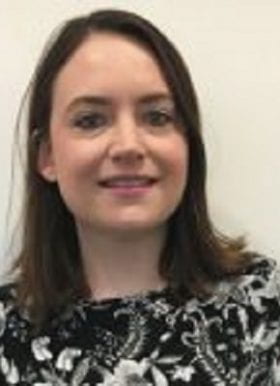
Amber Hackett
Postdoctoral Fellow
- Email: a.hackett@wustl.edu
Amber Hackett received a Bachelor of Science in Biomedical Engineering at Virginia Commonwealth University in 2011. During this time, she worked in the lab of Dr. Jeffrey Dupree studying the role of sphingolipids in central nervous system myelin development and maintenance. Amber received a Ph.D. in Neuroscience at the University of Miami in 2016. For her thesis project, she studied glial scar formation and remyelination after spinal cord injury at the Miami Project to Cure Paralysis in the lab of Dr. Jae Lee. She is now a Postdoctoral fellow in the Milbrandt lab studying how Schwann cells support axons. To do this, she is perturbing several major metabolic pathways in Schwann cells in vitro and in vivo to determine the impact on axons.
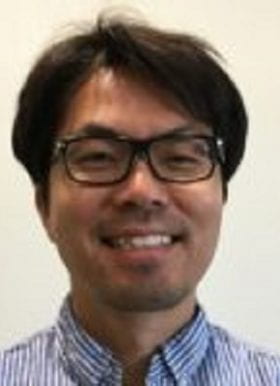
Sungsu Kim
Instructor
- Email: sungsukim@wustl.edu
Sungsu Kim’s research goal is to understand the pathogenic mechanisms underlying metabolic complications of the nervous system. In particular, he is interested in neuropathies in human metabolic disorder such as diabetes and Alzheimer disease (AD). In addition, Sungsu’s background is in molecular and cell biology, biochemistry, and Drosophila melanogaster (fruit fly) and mouse genetics, with expertise in high-throughput image/data acquisition and computational analysis. As Ph.D. graduate student under the mentorship of Dr. Aaron DiAntonio, Sungsu developed image-based membrane trafficking assays, and applying Drosophila genetics tools, successfully characterized functions of the novel type 1 diabetes and autoimmune disease susceptibility gene ema/CLEC16A in the endosomal trafficking and autophagy. To study diabetic peripheral neuropathy, he has explored potential metabolic interaction between Schwann cells and neurons/axons during his postdoctoral training in Dr. Milbrandt’s lab.
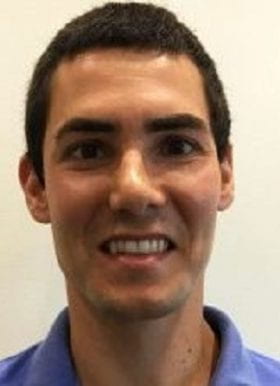
Matthew Lalli
Postdoctoral Research Scholar
- Email: mlalli@wustl.edu
Matthew Lalli is a post-doc in the Milbrandt and Mitra labs interested in understanding neurological diseases using patient derived stem cells. He is trying to apply new technologies to improve disease-in-a-dish modeling by expanding the number of relevant cell types we can generate. Through Cas9-based transcriptional modulation of disease-causing genes, he hopes to discover molecular underpinnings of disease phenotypes. Altogether, these projects have the potential to identify novel targets for treating neurological diseases such as Alzheimer’s and autism.
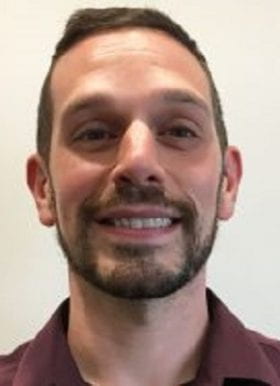
Daniel Summers
Post Doctoral Research Associate
- Email: dsummers@wustl.edu
Daniel Summers’ work revolves around how protein homeostasis pathways influence axon health and susceptibility to disease. His interest in this topic began as a graduate student in the lab of Doug Cyr at UNC-Chapel Hill, where he investigated how chaperone networks recognize unfolded proteins and regulate their disposal. As a joint postdoctoral fellow in the Milbrandt and DiAntonio labs, Daniel identified fundamental properties in the pro-degenerative factor SARM1 that promote the destruction of injured axons. He is merging his interests in protein homeostasis and axon health to characterize novel pathways that regulate the degradation of neuron survival factors in the axon. Daniel is currently supported by a grant from the Muscular Dystrophy Association with the hope of identifying new and potent avenues for therapeutic intervention in neurological disorders.
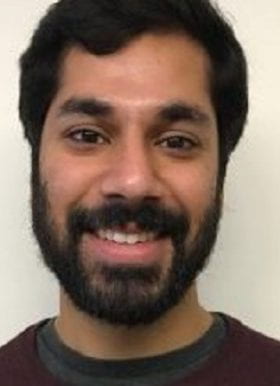
Mihir Vohra
Postdoctoral Research Scholar
- Email: mihir.vohra@wustl.edu
Mihir received his BA in biology from the University of Chicago in 2011 and a PhD in neuroscience from UCSF in 2017. His thesis work in Kaveh Ashrafi’s lab included establishing that the tryptophan metabolite kynurenic acid is a neuromodulator indicating nutrient status to the nervous system to control learning, brain aging, and tauopathy. In the Milbrandt lab he is studying mechanisms of SARM1 activation and its role in mediating axon degeneration.
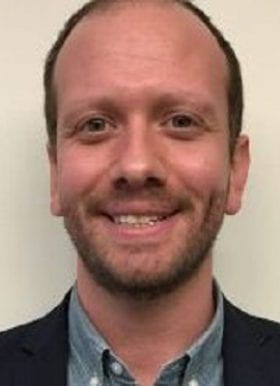
Mark Zaydman
Resident, PI-WUPATH
- Email: zaydmanm@wustl.edu
Mark studied Biomedical Engineering as an Undergraduate at Case Western Reserve University in Cleveland, Ohio before moving to St. Louis to continue his training with MD and Ph.D. degrees at Washington University in St Louis. He is currently a second-year resident physician in the Clinical Pathology Physician Scientist Training Program in the Department of Pathology and Immunology. Drawing from his backgrounds in engineering, medicine, and biophysics, he is investigating the structural and functional evolution of SARM1 TIR NADase activity through a combination of computational and experimental approaches. Outside of the lab, Mark enjoys cooking, yoga, and fly-fishing.
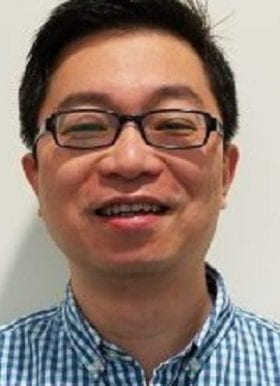
Jian Zhu
Instructor in Genetics
- Email: zhujian@wustl.edu
Jian Zhu received his B.S. in Biochemistry from Zhongshan (Sun Yat-sen) University in Guangzhou, China, and a Ph.D. in Biochemistry and Molecular Biology from Oklahoma State University. He was trained in protein chemistry and biophysics as a postdoc in Lawrence Berkeley National Lab, and subsequently in the late Dr. Evan Sandler’s laboratory here at Wash U where he had a special interest in small angle X-ray scattering. He joined Dr. Milbrandt’s group in 2019, and currently focuses on utilizing various biophysical tools to study the different components in the axon degeneration pathway.
